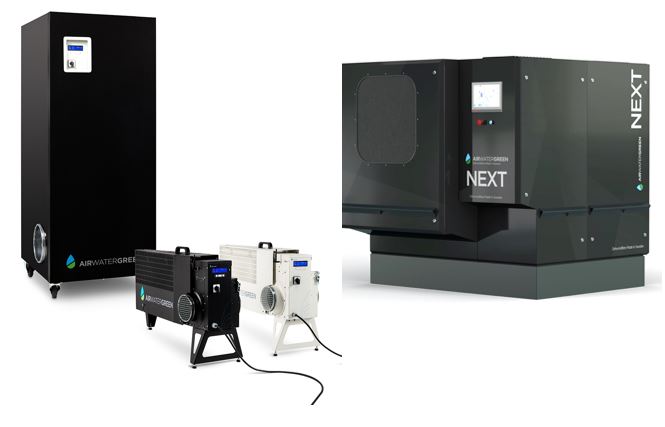Protect your drinking water infrastructure with smart humidity control
Prevent corrosion, condensation, and bacterial growth in water facilities while reducing energy costs.
Why moisture control matters in drinking water facilities
Key challenge: Uncontrolled humidity risks
Water infrastructure facilities are highly sensitive to humidity fluctuations, leading to:
- Corrosion of metal surfaces in storage tanks, pipes, and mechanical equipment.
- Condensation on cold surfaces, promoting bacterial growth and mold.
- Varying seasonal conditions, causing inefficiencies in air treatment and energy usage.
The solution: energy-efficient dehumidification
By integrating smart humidity control systems:
- Prevent corrosion and extend equipment lifespan.
- Improve hygiene and operational safety.
- Lower energy consumption with precise dehumidification.
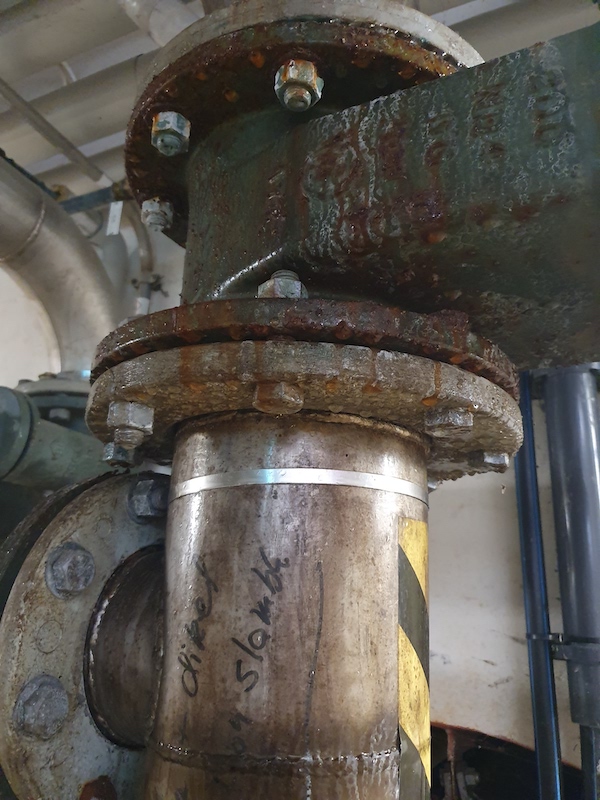
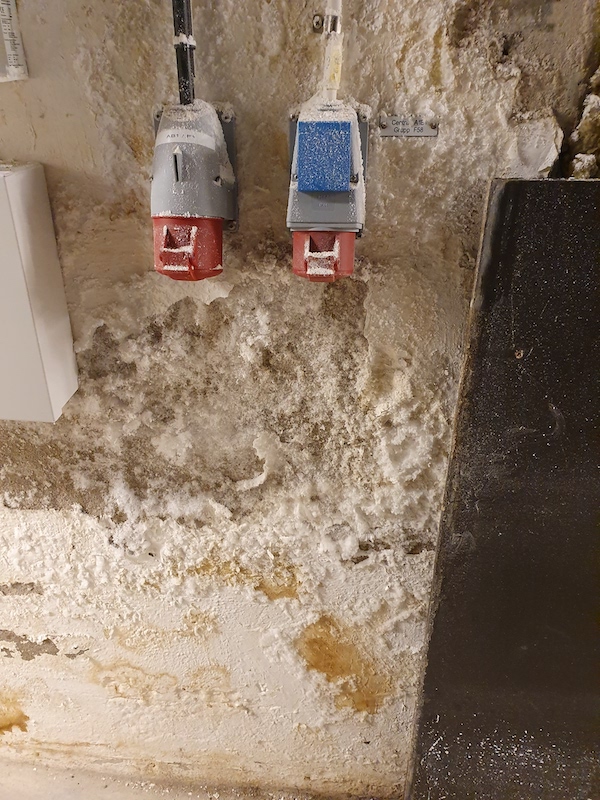
Applications in drinking water facilities
Humidity issues affect different areas within drinking water infrastructure. Here’s how Airwatergreen’s solutions apply:
Pressure Stations
- Challenge: Rapid air pressure fluctuations can cause condensation, leading to corrosion and system failures.
- Our solution: FLEX dehumidifiers for small spaces with stable, energy-efficient moisture control. Compact, wall-mounted design for easy installation in tight areas.
Water reservoirs
- Challenge: Large storage tanks with fluctuating temperatures create a high risk of condensation and corrosion.
- Our solution: NEXT dehumidifiers handle large moisture loads, ensuring a stable humidity level. Dew point sensors optimise dehumidification based on temperature variations.
Water treatment plants
- Challenge: Open water surfaces, pipe networks, and ventilation fluctuations create uncontrolled humidity environments.
- Our solution: REX or NEXT units maintain RH below 60%, preventing condensation.Smart controls adapt to temperature shifts, reducing the need for excessive heating..
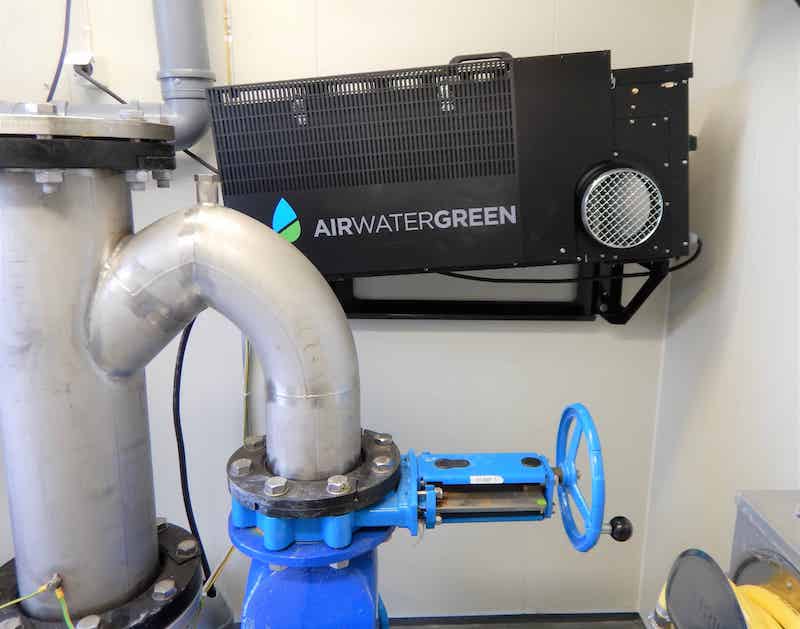
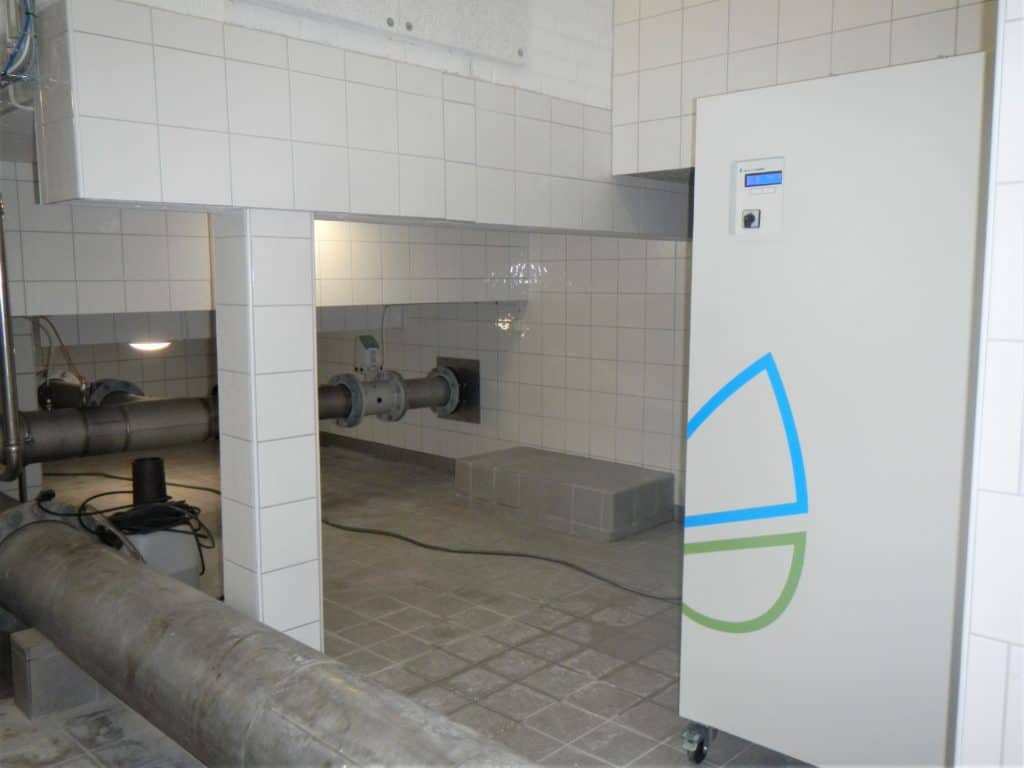
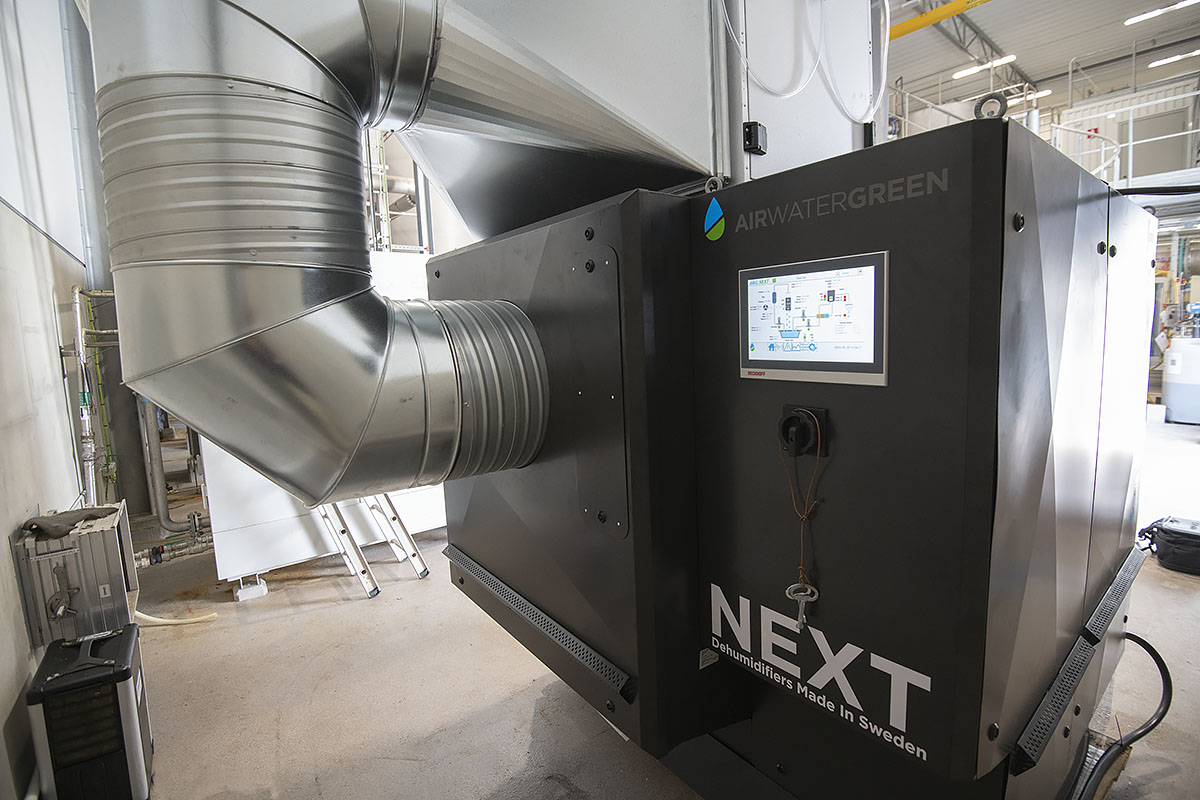

Energy savings

Plug & Play installation

Good in ALL climates

Sustainable operations
Our solutions for drinking water facilities
The choice of product depends on the moisture load in the room/space. The moisture load can be measured and estimated by calculation, taking into account factors such as total air volume, temperatures and ventilation.
In small to medium-sized spaces, FLEX is the natural choice. Dew point sensors can be used to guide FLEX towards the right relative humidity (RH) level to avoid condensation on cold surfaces. FLEX Can be mounted on a wall bracket or free standing on the floor.
REX is best used in larger spaces such as open water beds and polymer rooms. REX has a capacity of 30 liters of water/day, which may be needed in larger halls with open water beds and in larger pipe galleries.
In very large facilities, our NEXT is a suitable choice.
We can assist with the measurement and assessment of moisture loads and provide suggestions on how to design a suitable installation.
